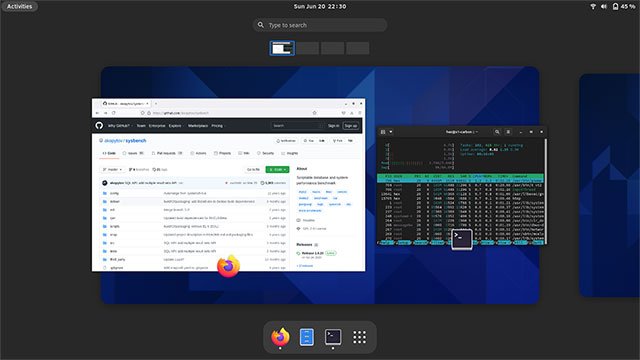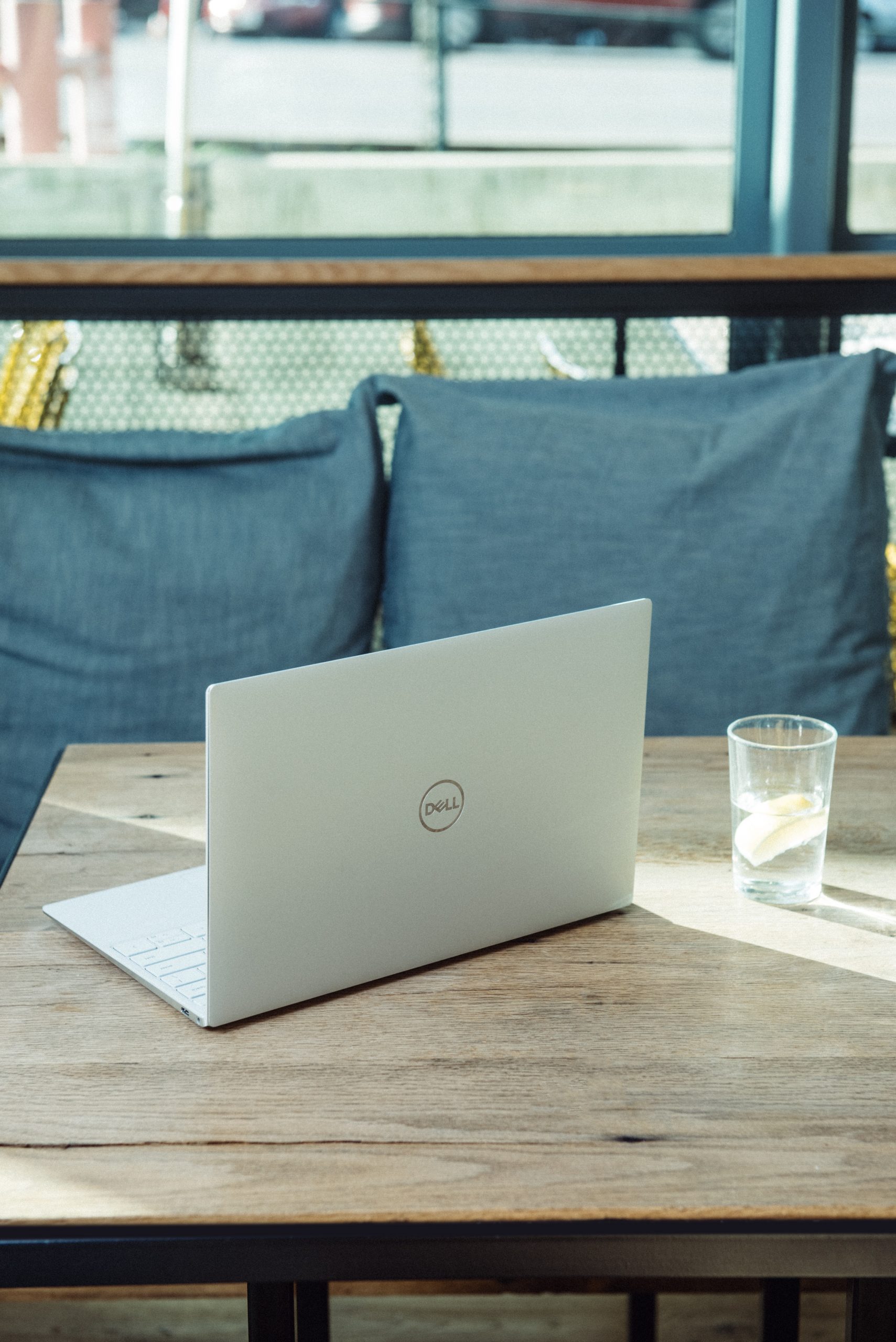As a good deal as I extol the range that Linux offers, I’ve completed an awful job of playing it. Sadly, taking part in with new distributions generally receives bested by way of competing priorities. Not today.
A browse thru Linux opinions published one dearth in attention: Intel’s Clear Linux*.
It’s been on my radar for its ambition to dash to the head of the pack. While it is definitely now not the first distro developed by means of a tech heavyweight, it’s an uncommon case in which a non-public employer releases a distro with no direct business application. It’s a test to show what Linux may aspire to.
Given the place it seeks to go, and that it is had a few years’ journey time, I idea Clear Linux deserved a look. So I took it for a spin. After a week of testing, this is what I observed.
The Raw Metal We’re Molding
I established Clear Linux onto a second-generation ThinkPad X-1 Carbon packing a quad-core Haswell i7 processor and eight GB of RAM. The .iso photo used to be numbered 34500.
For overall performance contrast purposes, I later established Ubuntu 20.04.2 to this equal hardware and ran as shut to the identical checks as viable (more on that later).
The Choice of Desktop Is Clear
Let’s begin with the section you can see, the GUI.

To be completely transparent, the first boot was once in real rough. Granted, they’re seldom perfect, however, this was once one of the worst I’ve witnessed. Terminal emulator keystrokes registered invisibly, and home windows flickered so badly that the GUI used to be unusable.
Boot two was once an absolute one-of-a-kind story. The flickering disappeared, possibly due to the widespread replacement that Gnome’s UI overhaul (from 3.x to 40) gave away. Updates happen, ideally automatically, although it used to be bizarre that on boot one the updater swore there weren’t any.
Yes, Clear Linux ships with the Gnome desktop. Those with Gnome journey will observe that the Gnome Tweak Tool and Gnome Shell extension configuration device come included. Gnome’s philosophy is “take it or go away it,” however it is quality to have options.
The massive news, though, is that Clear Linux sports activities the brilliant new Gnome forty This is a more energizing Gnome than you may locate even on Ubuntu’s greater experimental 21.04 release. The solely massive names that let you take a look at force Gnome forty (as of this writing) are Fedora and Arch Linux. This isn’t always a Gnome forty review, however, it deserves some attention.
To put it simply, whether or not you favored or disliked Gnome, this will possibly crystalize your preference. Everything is pushed via the Super (i.e. “Windows”) key. With the proper hardware and software, you can additionally swipe the touchpad with three fingers to open the Activity screen.
I wasn’t so fortunate (by default, anyway). Hitting Super exposes a precis of all the present-day workspace’s windows, an extra centrally placed workspace indicator, an uncannily macOS-like dock, and Gnome’s Omni-search bar.

Gnome’s preceding primary model gave you the alternative to search packages by using hitting Super and typing in the search bar or via hitting the “waffle” app menu button and scrolling via them. Annoyingly, you can not browse a grid of apps with one click on it anymore, you have to hit Super and then click on the app menu.
Overall, Gnome forty felt like an homage to macOS, however with a DMZ on the laptop the place folders nor documents dare set foot.
The lede here, though, is no longer the look, however the feel. The largest deserved gripe most customers have with Gnome is that it is slow…and but no count how I pushed it, it did not lag. Even with animations on, the UI remained agile.
The Leanest Penguin in the Flock
Now for what you’ve got all been ready for: overall performance evaluation.
To begin off the place the laptop does, the whole bootup time was once 22 seconds. Of that, thirteen was once my seven-year-old BIOS, leaving 9 seconds of pure OS boot time.
Locking and unlocking are pleasantly snappy, however with one snag. The Super-L key combo locks the display and straight away turns it off. On prompting, it wakes properly up. The unencumber itself transpires barring extend between entering and an unlocked system. The complete locking/unlocking trip was once sublime.
Suspending had some hiccups, though, relying on your execution.
If you simply shut the lid except locking, the suspension occurs proper away. But on opening the lid, for a breakup 2nd, you can see the display you left proper earlier than suspending. Then the lock display screen takes over and you are brought on for unlocking.
Locking earlier than closing the lid yields what you’ll expect. Suspension kicks properly in when the lid goes down. Open the lid, and it takes as long to current the password immediately as it would with a no-lock lid close, however rather than glimpsing the desktop, it simply waits earlier than lighting fixtures the LCD and imparting the unencumber prompt. That’s the sole distinction though.
Now, onto the most important event. For all the metrics I took for Clear Linux, I pitted them in opposition to Ubuntu 20.04.2, any other Gnome gadget, and frequent computer Linux choice.
Memory utilization was once decent in each case. After enabling animations to make it a truthful test, I ran Gnome idle to clock its reminiscence at around 900 MB on Clear Linux. The Ubuntu idle reminiscence used to be around seven hundred MB, properly inside the equal ballpark.
As I launched extra apps, reminiscence use sharply climbed.

Starting a browser and Gnome’s preinstalled calculator, calendar, and to-do apps, I may want to see Clear Linux’s reminiscence soar to about three GB. Even so, the laptop in no way felt sluggish. My fan by no means spun up, either. Under identical conditions, Ubuntu solely bought up to 2.6 GB of used memory. But remember, these are additionally exceptional Gnome versions, so the Gnome forty utilities may want to be heftier than these of yester-version.
CPU utilization wasn’t terrible on the whole, no longer than the applications I examined definitely competed for simultaneous CPU usage. With simply Firefox jogging YouTube and Google Docs, Clear Linux stored all 4 cores buzzing at about 5 percent. Ubuntu’s CPU utilization juggling the identical packages ran a smidge greater at a common of eight percent.
Last, however, no longer least, are the benchmarking tests.
I ran some checks on the use of the “sysbench” utility, and some on the use of the Phoronix Test Suite (PTS). Surprisingly, availability differed between the two distros.
For Clear Linux, whilst I had to construct sysbench from source, I located a PTS package deal in its repos. Ubuntu’s case was once the opposite. While sysbench was once in Ubuntu’s repos, PTS used to be solely reachable by means of .deb file. This yielded a sysbench of model 1.0.20 on Clear Linux, and of model 1.0.18 on Ubuntu.
These two distributions shared the equal model of PTS (10.4.0), however the inconsistencies in packaging — one being set up from supply and the different as a repository package deal — have to nevertheless be noted, as they add a grain of salt to the ratings below.
The checks I eventually went with have been a CPU check by way of sysbench and a Gzip compression take a look at by way of PTS. I ran extra exams than these by sysbench, however acquired some suspicious outcomes — some check factors took zero milliseconds when they must really have taken longer.
Head-to-head on the sysbench 8-thread CPU test, the two OSes carried out virtually the same. The common latency for Clear Linux was once 3.23 milliseconds, whilst Ubuntu’s common latency was once 3.20 milliseconds. These are so shut as to produce a statistically insignificant distinction — essentially, no difference.
As for PTS, some exams have been an ache to download on Clear Linux. The effortlessly handy Gzip takes a look at introducing a proper combination of reading, writing and computation.

When all was once stated and done, Clear Linux clocked in at 21.6 seconds as a common compression time. Ubuntu lagged way in the back of at 46.56 seconds on average.
Again, I am curious whether or not the packaged Clear Linux model of the PTS gave it an aspect over the .deb model Ubuntu had to work with. Still, even if this skewed in opposition to Ubuntu, the contest used to be so lopsided that Clear Linux would likely nevertheless handily win. This makes me feel due to the fact on Intel parts, Intel’s personal distro will sincerely have the edge, having each and every viable chip optimization software program at its disposal.
Clear Linux, Cloudy Choice
If you care about overall performance first and foremost and don’t seem to be stricken through restrained software program availability in the repos, Clear Linux will deliver. But if you would as a substitute have a plethora of packages, or simply certainly do not like compiling from source, you are higher off going with extra installed computing device distributions.
I used to be impressed with what Clear Linux should do, however as I’m in the latter of these camps, it is now not prepared to unseat my primary system. Still, it is solely a few applications away from deserving each and every Linux computing device user’s attention.


